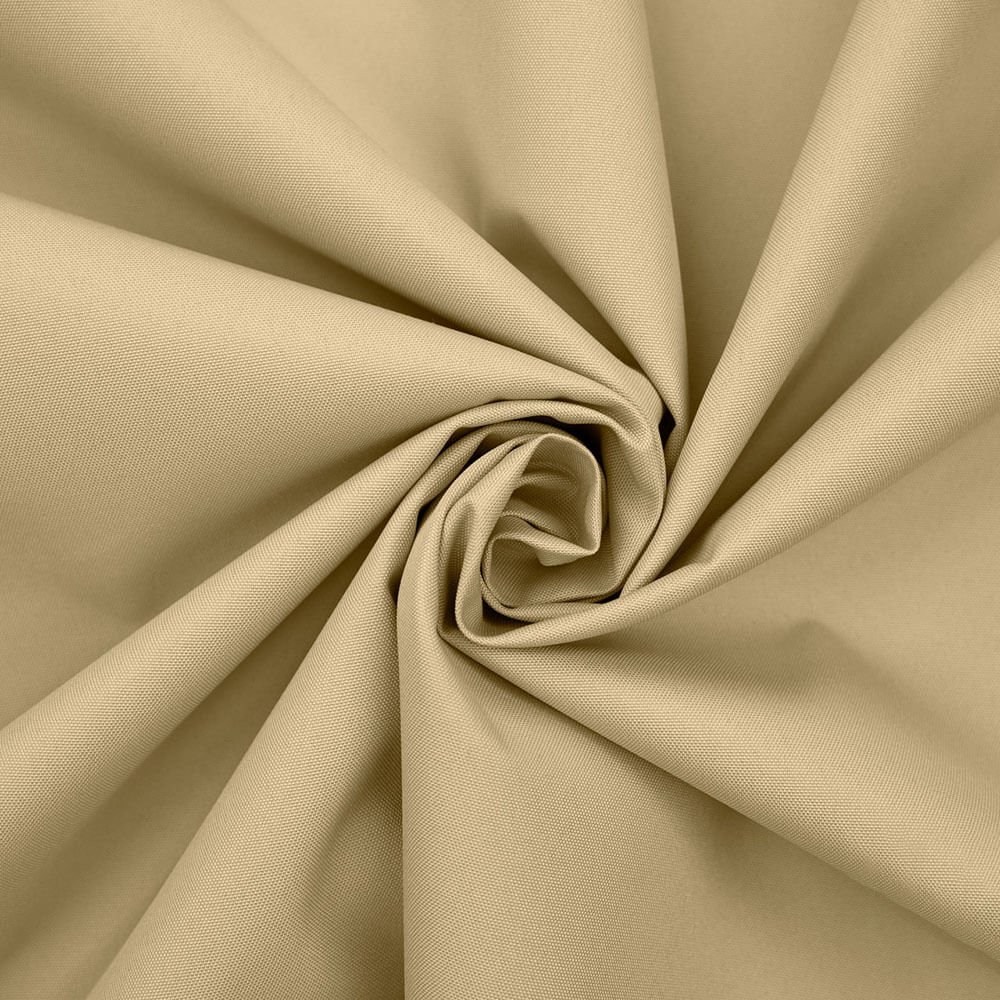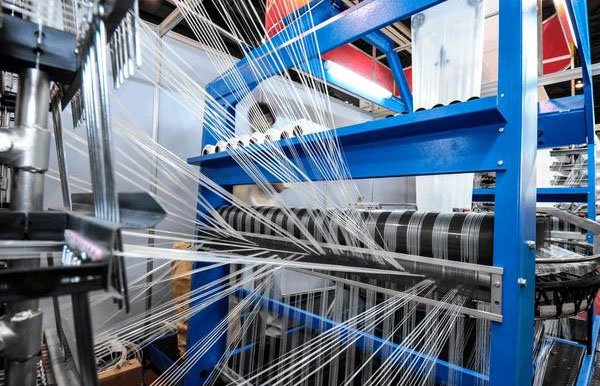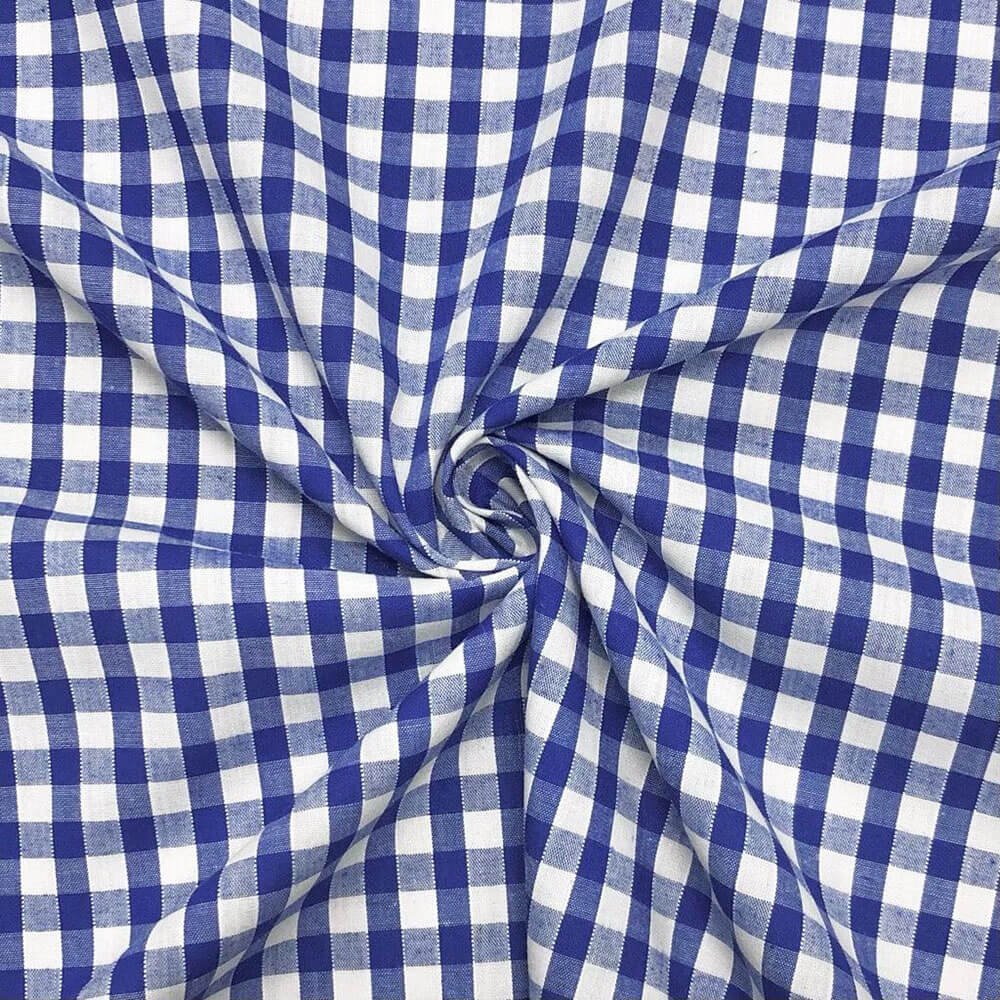Polyester and cotton are two of the most widely used textile materials. All fabrics have their own characteristics that influence comfort, durability, and performance. The one that’s best for you depends on your personal requirements, whether that’s breathability, moisture control, or sustainability. In this article, you’ll learn the main differences between polyester fabric vs cotton. You’ll discover their production processes, material characteristics, and best uses. By the end, you’ll be armed with enough information to make an informed choice based on your preferences.
What is Cotton?

Cotton is a natural fiber harvested from the cotton plant’s fluffy bolls. It’s soft, breathable, and super absorbent – great for clothing and home textiles. Because it’s plant-based, cotton is biodegradable and eco-friendly if grown organically.
What is Polyester?
Polyester, in contrast, is a synthetic fiber made from petroleum-based polymers, primarily polyethylene terephthalate (PET). You’ll see that it’s strong, wrinkle resistant, and fast drying, making it a popular choice for activewear and industrial fabrics. Unlike cotton, polyester doesn’t soak up moisture but pulls it away, keeping you dry. Although it’s less eco-friendly as it depends on fossil fuels.

Polyester Fabric vs Cotton Manufacturing Process – Step by Step
Cotton Fabric
- Cotton Harvesting
Bolls containing fibers and seeds are produced by cotton plants. Farmers traditionally hand picked cotton, but today it is picked efficiently by mechanical cotton pickers. These machines are used to collect the cotton and form it into bales for easy transport.
- Ginning and Cleaning
Specialized machines are used to gin or separate seeds from fibers. Fibers are separated from each other and cleaned to remove dirt, dust and impurities. The purpose of this step is to guarantee the quality of the cotton for subsequent processing.
- Carding and Yarn Formation
Fibers are cleaned through carding machines where they are aligned and untangled to form a soft continuous web. It is then pulled into thin strands called rovings that are wound onto bobbins for spinning.
- Spinning
Rovings are lengthened and twisted into strong, durable yarns in the spinning process. Today, high speed machines are used in modern mills for increased efficiency. At this stage, some yarns are dyed for pre colored fabric production.

- Winding and Finishing
Spun yarns are wound onto spools for storage and transport. Strength and uniformity are increased through twisting and stretching. Defects are rooted out by quality control so that only the best yarn go through to the next step.
- Weaving and Knitting
Fabric is made from yarns by weaving or by knitting. Knitting makes loops for stretchable fabrics, and weaves interlaces warp and weft yarns on looms. The main purpose of the fabric determines the choice.
- Dyeing and Printing
Patterns are printed, then dyed, on the fabric. Common but harmful synthetic dyes are used. Plant based dyes and eco friendly inks are used to minimise environmental impact.
- Fabric Finishing
Finishing adds texture, durability and absorbency. It avoids toxins while conventional methods use chemicals. This is a step to make sure the fabrics are acceptable for garment production.
Polyester Fabric
- Extraction of Crude Oil
Crude oil is one of the most important raw materials that you need for the production of polyester. The oil is extracted from the underground reserves and sent for processing.
- Refining Crude Oil
Crude oil that is refined yields essential petrochemicals including ethylene and terephthalic acid. These ingredients are essential to the manufacturing of polyester.
- Production of Raw Materials
Polyester fibers are produced using the core polymer, polyethylene terephthalate (PET), which is made from ethylene plus terephthalic acid by additional chemical processes.
- Combination of Chemicals
First you do a controlled reaction of ethylene glycol with terephthalic acid. PET polymer chains are produced in polyester fabric making via this process.
- Polymerization of PET
Long chains are formed from PET then melted. The resulting material is then cooled and cut into small pellets which are used as raw material for spinning fibers.
- Spinning
The PET pellets are heated and melted to form a viscous liquid. It is later extruded through spinnerets (small holes that fashion the fibers). The fibers are cooled rapidly to solidify.
- Drawing
Newly formed fibers are soft and require stretching. You pull and heat them to make them more elastic, stronger and more durable. They are then classified as either filament or spun yarn fibers.
- Winding
The fibers are drawn and wound on to bobbins or shortened into staple fibers. Individually they can be used, or blended with other materials such as cotton or wool.
- Weaving or Knitting
Polyester yarn is used to weave structured fabrics or knit stretchable textiles. Fiber weaving links; fiber knitting forms loops for elasticity.
- Fabric Finishing
The fabric is then treated to improve its function. Depending on the use for the fabric finishes are applied such as anti static, flame retardant, water repellent, moisture wicking coatings.
Key Differences between Polyester Fabric Vs Cotton
| Sr. No. | Feature | Polyester Fabric | Cotton Fabric |
| 1 | Origin | Synthetic (derived from petroleum) | Natural (from cotton plant) |
| 2 | Durability | High (resistant to wear, tear, and stretching) | Moderate (may shrink or fade with wear) |
| 3 | Wrinkle Resistance | High | Low |
| 4 | Moisture Absorption | Low (moisture-wicking) | High (absorbs moisture) |
| 5 | Breathability | Low (can feel warm) | High (good airflow) |
| 6 | Comfort | Can feel synthetic and clingy | Soft and comfortable |
| 7 | Drying Time | Fast | Slow |
| 8 | Environmental Impact | High (derived from petroleum, slow to decompose) | Lower (biodegradable, but pesticide use can be an issue) |
| 9 | Cost | Generally lower | Generally higher |
| 10 | Common Uses | Activewear, sportswear, outdoor gear, upholstery | Clothing, bedding, towels, home decor |
Physical Properties and Performance of Polyester and Cotton
Texture and Feel
Cotton: Cotton is a natural, soft, and breathable fabric that feels lovely against the skin. It has a soft texture which makes it perfect for sensitive skin or those with irritation concerns. Fabric is also very comfortable, natural, and ideal for casual, day to day wear.
Polyester: Polyester offers a smooth, lightweight construction that’s durable. It’s not as soft as cotton as you’d think though it’s a smooth, man-made finish. Some polyester fabrics are designed to mimic cotton’s softness, but remain somewhat unnatural to touch.
Moisture Absorption and Wicking
Cotton: Cotton has excellent moisture-wicking properties, making it ideal for breathability. However, it retains moisture instead of absorbing it, which results in longer drying times. When you sweat, cotton will be wet and heavy, so it’s not the best choice for athletic wear.
Polyester: Polyester is a moisture wicking fabric that draws moisture away from your skin and dries fast. Polyester fabric offers light but durable performance, perfect for sportswear and outdoor clothing. That’s way different than cotton since polyester doesn’t soak up water so it’s light on you, no matter how much you’re sweating.

Breathability and Insulation
Cotton: Cotton is really breathable – it’s great at letting air in. However, due to its tendency to absorb moisture, it can feel soggy and uncomfortable in wet conditions. It offers some insulation, but it’s not perfect for the outside extremes.
Polyester: Polyester allows for air circulation, but doesn’t quite match the airflow of cotton. It has good moisture retention to keep you dry but can hold heat, making it not so pleasant in hot weather. Certain polyester fabrics are woven with breathability to allow better airflow.
Wrinkle and Shrinkage Resistance
Cotton: Cotton wrinkles and shrinks badly, so be careful when washing and drying it. It frequently requires ironing to maintain its smooth look, and inadequate washing can cause shrinking over time.
Polyester: Polyester features built-in wrinkle and shrink resistance, giving it the ability to stay its shape even after repeated washes. You don’t need to iron it, it’s a low maintenance solution and perfect for someone who likes the smooth and intact look of the fabric.
Durability and Strength
Cotton: Cotton is moderately durable, but it will weaken with repeated washing. Over time it can fade and is more likely to tear than polyester. Still, it is a comfortable and breathable option, albeit one with a shorter lifespan.
Polyester: Polyester is quite durable, wears nicely, and retains its form even after prolonged use. Polyester is stretched and torn more easily than cotton, and it better withstands stretching and tearing, making it suitable for high performance clothing and upholstery.
Temperature Tolerance
Cotton: Cotton can endure high heat (up to 150°C) and so is safe for high temperature washing and ironing.
Polyester: However, polyester can also withstand high temperatures but will gradually degrade if subjected to excessive heat for long periods. Heat resistant polyester fabrics exist, but polyester fabrics in general don’t take direct heat as well as cotton fabrics.
Application Suitability: Where Each Fabric Excels
Everyday Apparel
Cotton
Cotton is a versatile material choice for day to day clothing, home textile and undergarments. It is soft, breathable, and soft on the skin, and is perfect for casual wear, such as tshirts, jeans, and pajamas. It takes moisture in well so you won’t feel uncomfortable the whole day. However, since cotton retains moisture, it is slow to dry. It wrinkles and shrinks easily, but with proper care, its quality is maintained.

Polyester
Activewear, jackets, and performance oriented clothing will generally include polyester. It’s not heavy, is smooth and wrinkle resistant, so it’s easy to maintain. Unlike cotton, polyester wicks moisture away so you stay dry. It makes an excellent choice for individuals who are into low maintenance and long lasting garments. However, it doesn’t feel as breathable and can feel synthetic in hot conditions.
Sports and Outdoor Gear
Polyester
Sportswear employs polyester as its material because of its moisture wicking, stretchable, and durable properties. You can find its usage in athletic wear, running shorts and outdoor jackets. This dries quickly which makes it perfect for intense activities. It’s lightweight nature means it’s easy to move and synthetic design adds some elasticity.
Cotton
Cotton is not ideal for sportswear because it will absorb a lot of moisture. It gets heavy and uncomfortable from sweat while working out. It does not stretch so it limits movement compared to polyester. But cotton is still comfortable for light activities or casual outdoor wear.
Workwear and Industrial Use
Polyester
Polyester is a good choice for work uniforms and industrial wear. It is durable and resists shrinking, wrinkles, and wear. It also has excellent resistance against harsh conditions, so you will see it in factory uniforms, safety gear, and hospitality attire. Additional protection is provided by fire resistant coatings in some variations.
Cotton
Also, where comfort is more important than longevity, cotton workwear is preferred. It is breathable and soft, allowing it to be worn as office wear, healthcare uniforms, and in some industries. It wears out faster than polyester and require more maintenance.
Printing and Customization
Cotton
Screen print, direct-to-garment print and embroidery all use cotton, making it the best choice. It is composed of fibers that absorb ink well, making it produce high quality and long lasting prints. Cotton is often seen being used for branded t shirts, custom hoodies, promotional clothing etc.
Polyester
Sublimation printing uses dyes that are embedded into the fabric, and polyester is best for this method. As a result, you get bright, long lasting colors that won’t fade or crack. Polyester is better for durable, full color designs on sports jerseys and performance wear.
Sustainability and Environmental Impact
Cotton’s Environmental Footprint
Cotton is a natural fiber, but it is very environmentally costly to produce. If you grow cotton you need a lot of water: 2,500 liters for a single T-shirt. Farming conventional cotton also relies heavily on pesticides and fertilizers that damage soil health and biodiversity. Nevertheless, organic cotton is a more environmentally friendly option. This lowers chemical use, promotes green farming practices. If you are concerned about the long term impact, choosing organic cotton is a responsible choice if you choose to opt for a biodegradable fabric.
Polyester’s Environmental Concerns
Synthetic, polyester is derived from petroleum, therefore it’s resource intensive. Production of polyester releases greenhouse gases and washing polyester garments adds to microplastic pollution in water bodies. Unlike cotton, polyester does not biodegrade quickly; it is slow to break down in the landfill, taking decades. It is very durable, and takes less water to produce, but its environmental impact is very long term. Recycled polyester can be an option, though sustainability has not yet matched that of natural fibers..
Cost and Market Considerations
Price Comparison
Cotton: Cotton is more expensive because it comes from natural sources and it requires labor intensive farming. The cost is increased by the harvesting, ginning, and spinning processes. There is also organic cotton that is even more expensive, because of its sustainable farming practices.
Polyester: Polyester is less expensive and easier to use in larger production. It’s cheaper for manufacturers to produce, since it’s made from petroleum based materials. Due to its durability, it is also a cost effective option in the long term.
Consumer Preferences and Market Trends
Cotton: Cotton is also very comfortable and breathable for many consumers. Nevertheless, the demand for organic and sustainably produced cotton is spurred by worries over water consumption and pesticide use. Brands are increasingly taking eco conscious choices and putting responsibly produced cotton on their shelves.
Polyester: Strength and moisture wicking properties are what make polyester popular for use in activewear and industrial applications. Yet, microplastic pollution has prompted innovations, like recycled polyester. Demand for hybrid blends (cotton-polyester) is also growing, as this is presenting a balance of comfort and durability.
Conclusion
When it comes to polyester fabric vs cotton, each has its own purposes and it boils down to the specific needs that you have. Cotton is good at comfort, breathability, and sustainability, while polyester is excellent in terms of durability, moisture wicking, and low maintenance. Cotton is a good choice if you want softness and eco friendliness. Polyester is a better option for activewear and long lasting fabrics. Knowing their differences helps to know which material can be used for clothing, home textiles, or industrial use.


